What is sandy soil and how is it different from sand?

There are many different types of soil. One of them is sandy, it has a set of qualities, based on which it is used in various spheres of human activity. There is quite a lot of it all over the world, only in Russia it occupies huge areas - about two million square kilometers.
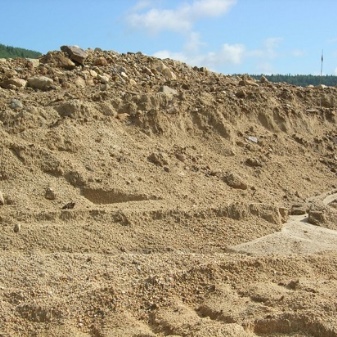
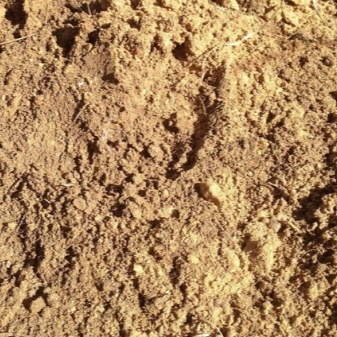
Description, composition and properties
Sandy soil is soil, which can contain 50 percent or more grains of sand less than 2 mm in size. Its parameters are quite diverse, since they are formed as a result of tectonic processes and can vary depending on the origin, in what climatic conditions it was formed, on the soil rocks in the composition. Particles in the structure of sandy soil have different sizes. It can include various minerals such as quartz, spar, calcite, salt and others. But the main element is, of course, quartz sand.
All sandy soils have their own characteristics, having studied which you can decide which one to use for certain jobs.
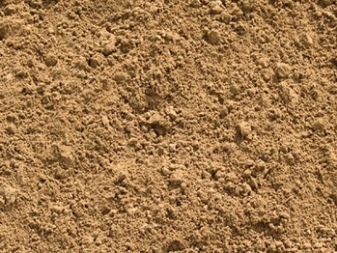
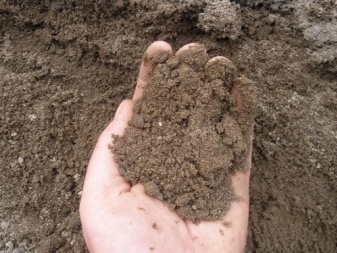
The main characteristics influencing the choice of soil.
- Load bearing capacity. This building material is easily compacted with little effort. According to this parameter, it is divided into dense and medium density. The first usually occurs at a depth below one and a half meters. Long-term pressure from a significant mass of other soils compresses it well, and it is excellent for construction work, in particular, the construction of foundations for various objects. The depth of the second is up to 1.5 meters, or it is compacted using various devices. For these reasons, it is more susceptible to shrinkage and its bearing qualities are somewhat worse.
- Density. It is strongly related to the bearing capacity and can vary for different types of sandy soil; for high and medium bearing density, these indicators differ. The resistance of the material to loads depends on this characteristic.
- Sandy soil with large particles very poorly retains moisture and due to this it practically does not deform during freezing. In this regard, it is possible not to calculate the ability to absorb and retain moisture in its composition. This is a great design advantage. With small ones, on the contrary, he intensively absorbs it. This also needs to be taken into account.
- Soil moisture affects the specific gravity, it is important when transporting soil. It can be calculated based on the natural moisture content of the rock and its state (dense or loose). There are special formulas for this.

Sandy soils are also divided into groups according to their granulometric composition. This is the most important physical parameter on which the properties of natural sandy soils or those that appeared during production depend.
In addition to the physical characteristics described above, there are also mechanical ones. These include:
- strength ability - a feature of the material to resist shear, filtration and water permeability;
- deformation properties, they speak of compressibility, elasticity and the ability to change.
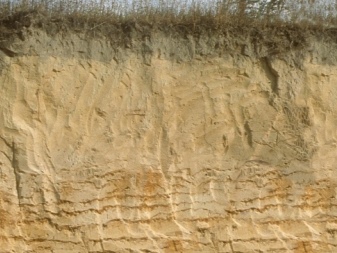
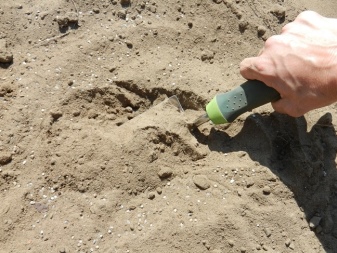
Comparison with sand
Sand contains a minimum amount of various impurities, and the difference between it and sandy soil is precisely in the amount of these additional rocks. Less than 1/3 of sand particles can be present in the soil, and the rest is various clay and other components. Due to the presence of these elements in the structure of sandy soils, the plasticity of the material used in construction work decreases, and, accordingly, the price.
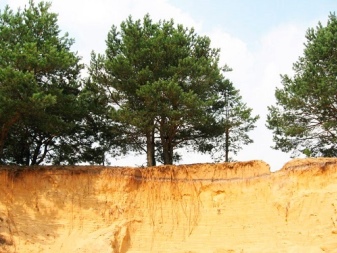

Species overview
For the classification of various soils, including sandy, there is GOST 25100 - 2011, it lists all varieties and classification indicators for this material. According to the state standard, sand soil is divided into five different groups according to particle size and composition. The larger the grain size, the stronger the soil composition.
Gravelly
The size of grains of sand and other components is from 2 mm. The mass of sand particles in the composition of the soil is about 25%. This type is considered the most reliable, it is not affected by the presence of moisture, it is not susceptible to swelling.
Gravelly sandy soil is distinguished by its high bearing properties, unlike other types of sandy soils.
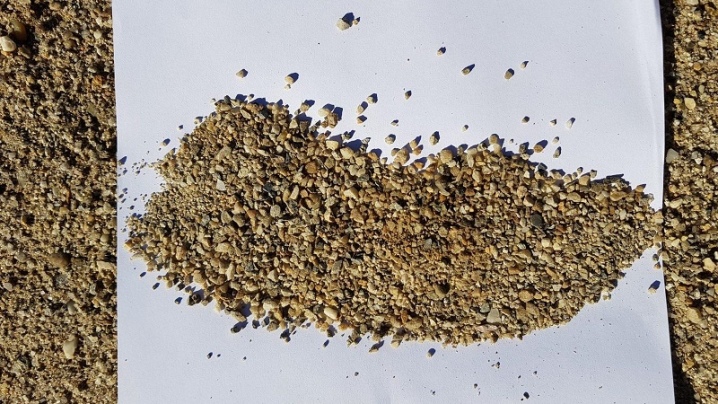
Large
The size of the grains is from 0.5 mm and their presence is at least 50%. He, like gravel, is most suitable for arranging foundations. It is possible to erect any type of foundation, guided only by the architectural design, the pressure on the soil and the mass of the building.
This type of soil practically does not absorb moisture and allows it to pass further without changing its structure. That is, such soil will practically not be exposed to sedimentary phenomena and has good bearing capacity.
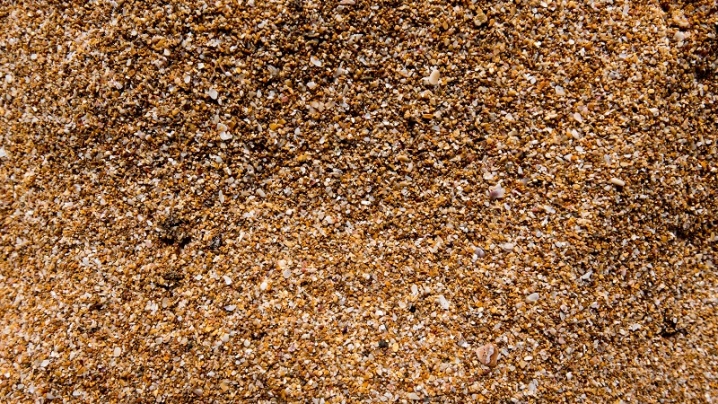
Medium size
Particles with a size of 0.25 mm account for 50% or more. If it begins to become saturated with moisture, then its bearing capacity is significantly reduced by about 1 kg / cm2. Such soil practically does not allow water to pass through, and this must be taken into account during construction.
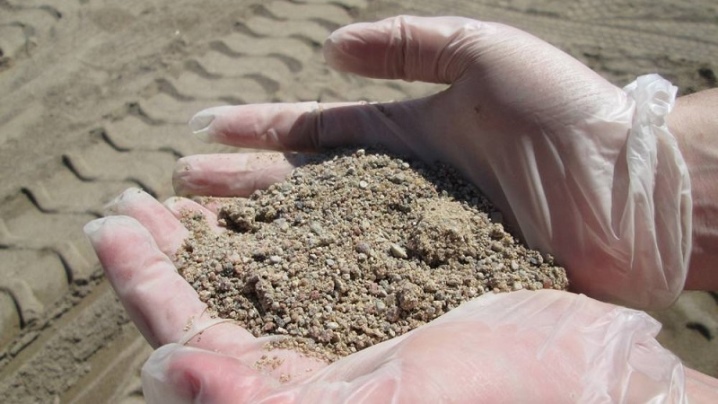
Small
The composition includes 75% of grains with a diameter of 0.1 mm. If the soil on the site consists of 70% or more of fine sandy soil, then when erecting the base of the building, it is imperative to carry out waterproofing measures
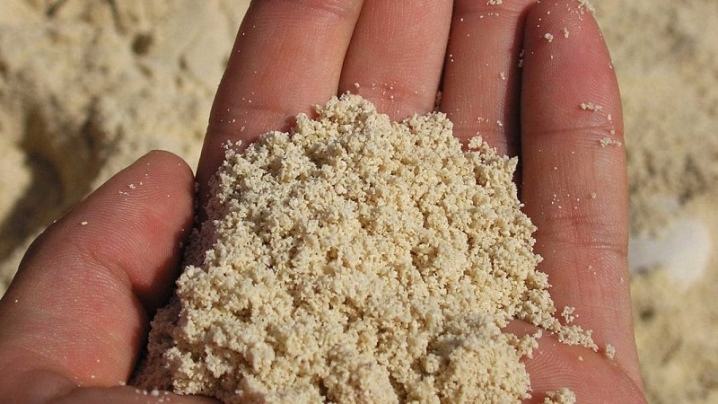
Dusty
The structure contains at least 75% of elements with a particle size of 0.1 mm. This type of soil has poor drainage properties. Moisture does not pass through it, but is absorbed. To put it simply, it turns out a mud porridge that freezes at low temperatures. As a result of frost, it changes greatly in volume, so-called swelling appears, which can damage road surfaces or change the position of the foundation in the ground. Therefore, when building in the zone of occurrence of shallow and silty sandy soils, it is important to pay attention to the depth from the surface of the groundwater.
Using any kind of sandy soil, the base of the foundation should be made below the freezing level of the soil layers. If it is known that there was a body of water or wetlands at the work site, then a responsible decision would be to conduct a geological study of the site and find out the amount of fine or silty sandy soils.


The factor of saturation of the soil with moisture must be taken into account during construction work and correctly determine the ability to pass or absorb water. The reliability of the objects erected on it depends on this. This parameter is called the filtration coefficient. It can be calculated in the field as well, but the result of the research will not give a complete picture. It is better to do this in laboratory conditions using a special device for determining such a coefficient.
Clean sandy soils are rare, therefore clay has a significant effect on the composition and properties of this material. If its content is more than fifty percent, then such a soil is called sandy-clayey.

Where is it used?
Sandy soil is widely used in the construction of roads, bridges and various buildings. According to data from various sources, the maximum amount (about 40% of the consumption volume) is used in the construction of new and repairs of old highways, and this figure is constantly growing. During the construction of buildings, this material takes part in almost all processes - from the construction of the foundation to work on interior decoration.It is also quite intensively used by public utilities, in parks, and individuals are also not lagging behind.
Sandy soil is simply irreplaceable when leveling land plots or landscaping, as it is cheaper than any other bulk materials.
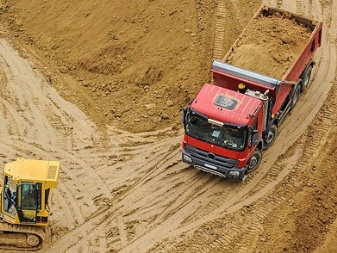
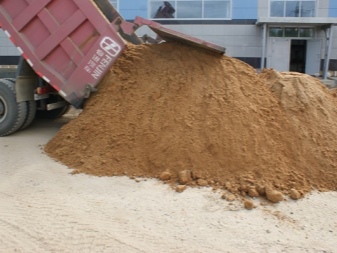
In the next video, you will test sandy soils using the cutting ring method.













The comment was sent successfully.